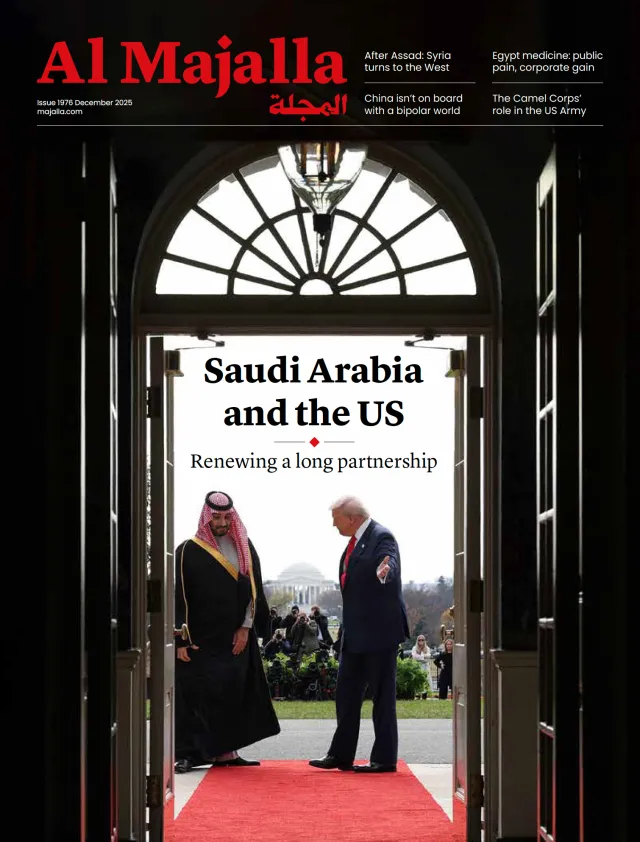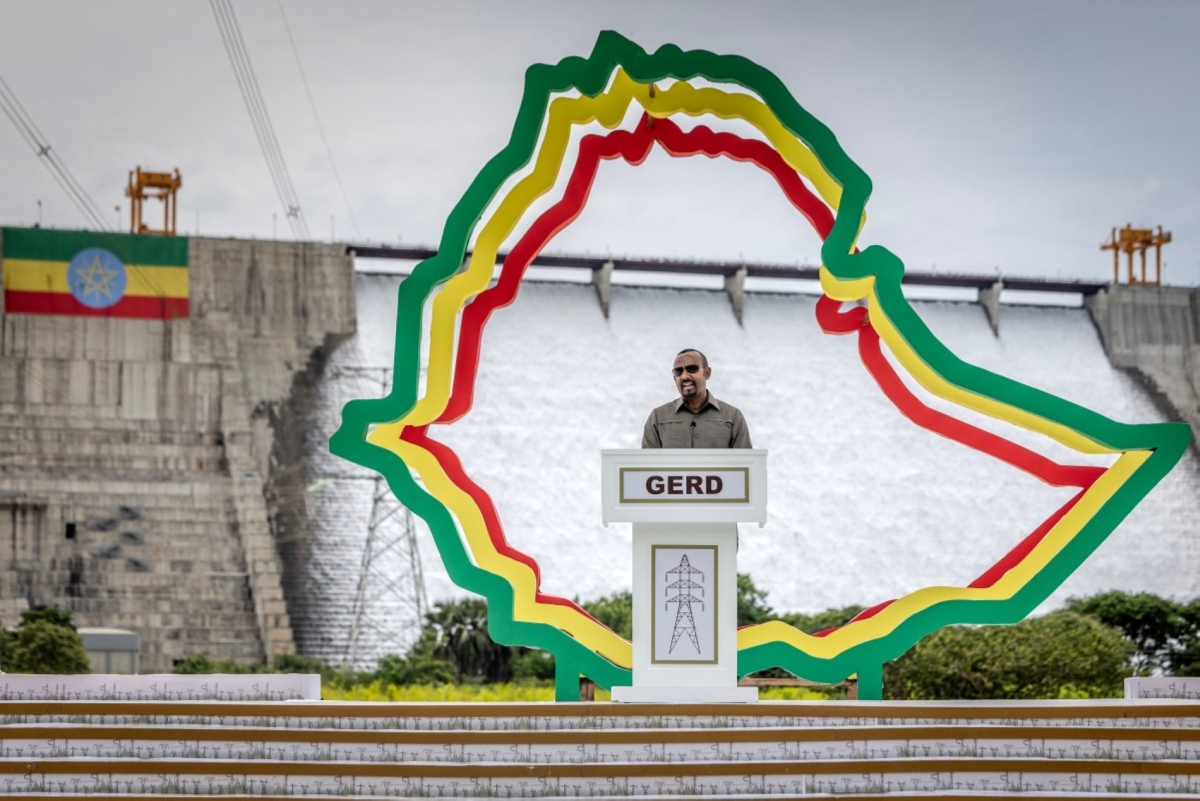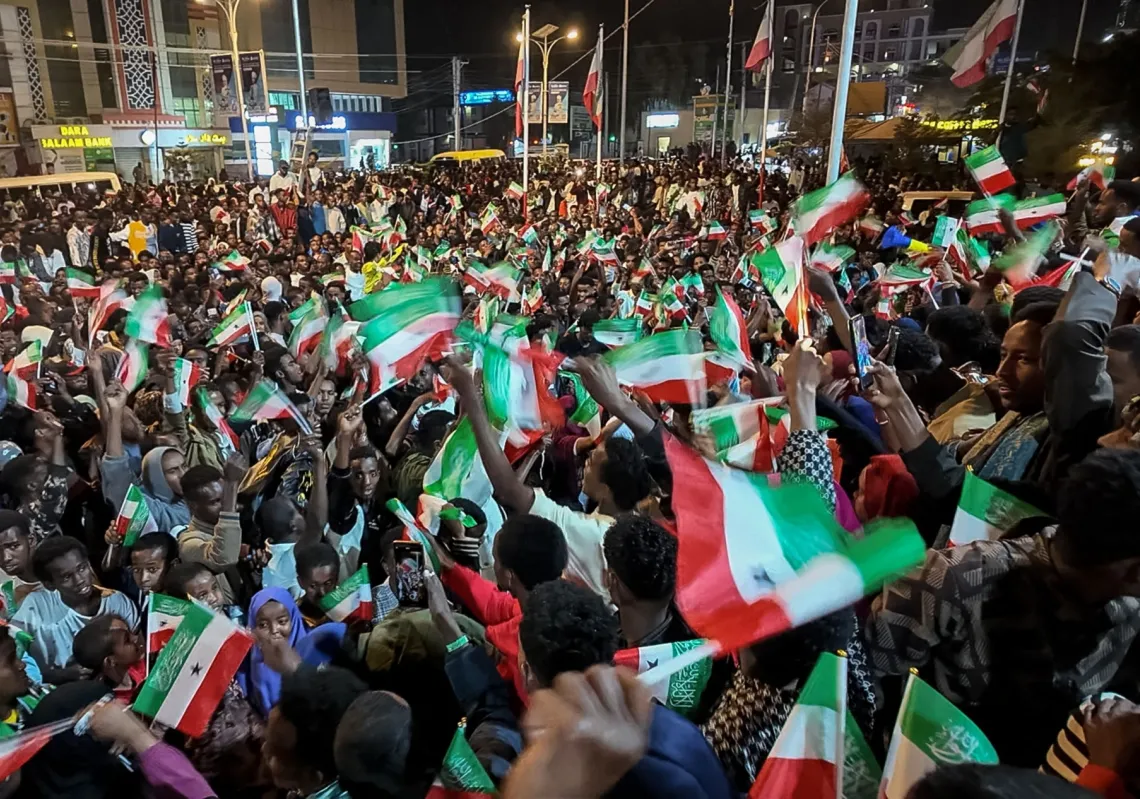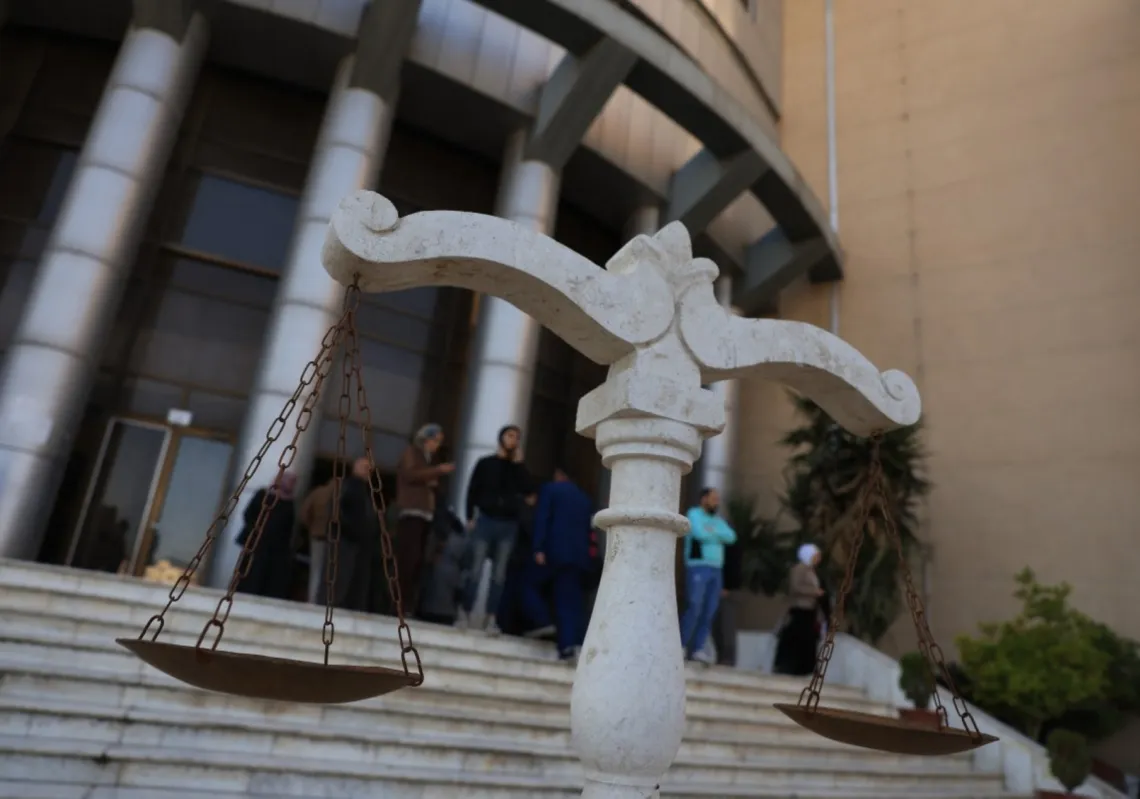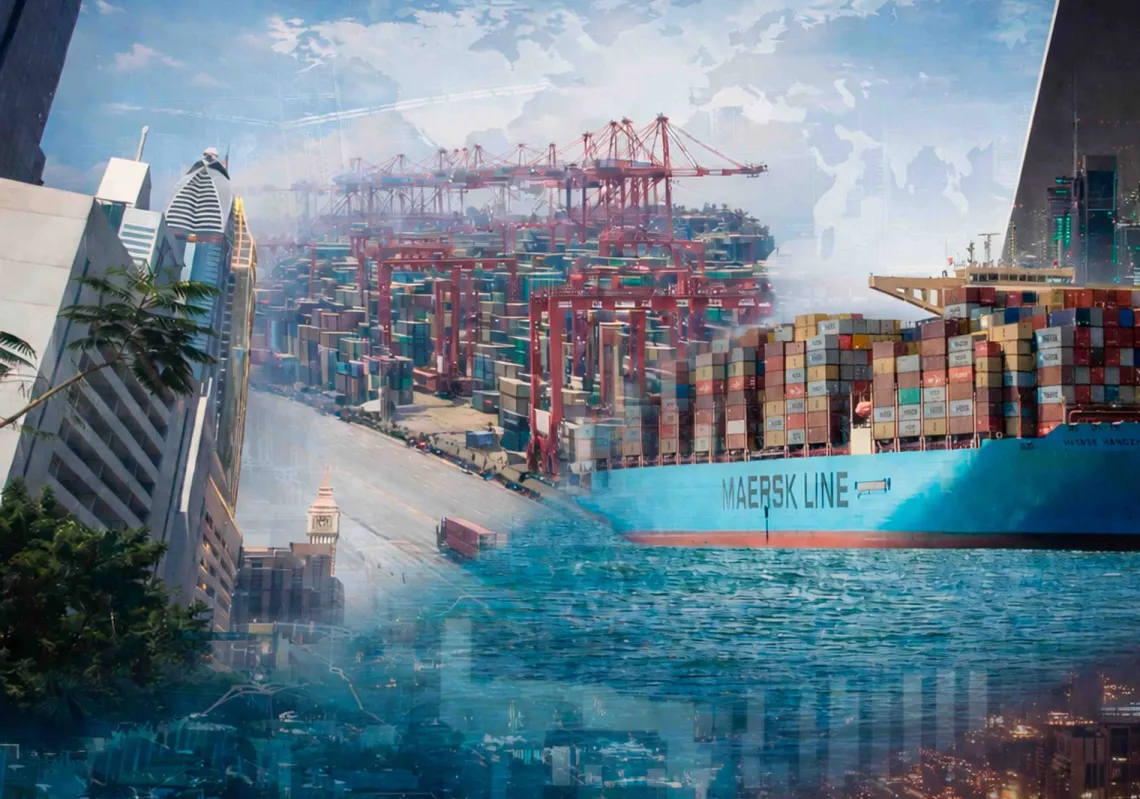Ethiopia has inaugurated its long-awaited hydroelectric dam on the Blue Nile, putting the spotlight back on one of the most controversial projects in Africa. The GERD—Grand Ethiopian Renaissance Dam—is seen as vital to its national economic prospects and a potential benefit to the wider region. But its neighbours, Egypt and Sudan, have a very different perspective, fearing for the impact on their own water supply, amid existing concerns over dwindling flow rates due to global warming.
During the inauguration, Ethiopia’s Prime Minister Abiy Ahmed reassured the downstream countries that they would not be harmed and that there could be region-wide economic benefits. However, the exact impact of GERD remains unclear. This is the story of a $5bn dollar, 14-year project, what it may achieve and how it has stoked tensions between the major nations on the banks of the Nile.
Africa’s biggest
GERD is one of the 20 largest hydroelectric dams in the world and is the biggest in Africa. It can hold 74 billion cubic metres of water and can generate 5,150 megawatts of electricity, over double Ethiopia’s current national capacity.
The dam is viewed in the country as a significant source of national pride and a testament to Ethiopia’s development capabilities. It is also potentially transformative for millions of people. Around half of Ethiopia’s population, around 60 million people, live without electricity, according to the World Bank.
Ethiopia plans to export electricity produced by the GERD, aiming to generate $427mn in revenue in the current fiscal year. This could benefit its neighbours, where power shortages are also common and hold back economic development.
However, the infrastructure required to transmit the power will cost billions more dollars, meaning that making the most of GERD’s capacity will be challenging—at least initially. Until a distribution grid is up and running, large swathes of Ethiopia and East Africa are likely to remain in the dark.
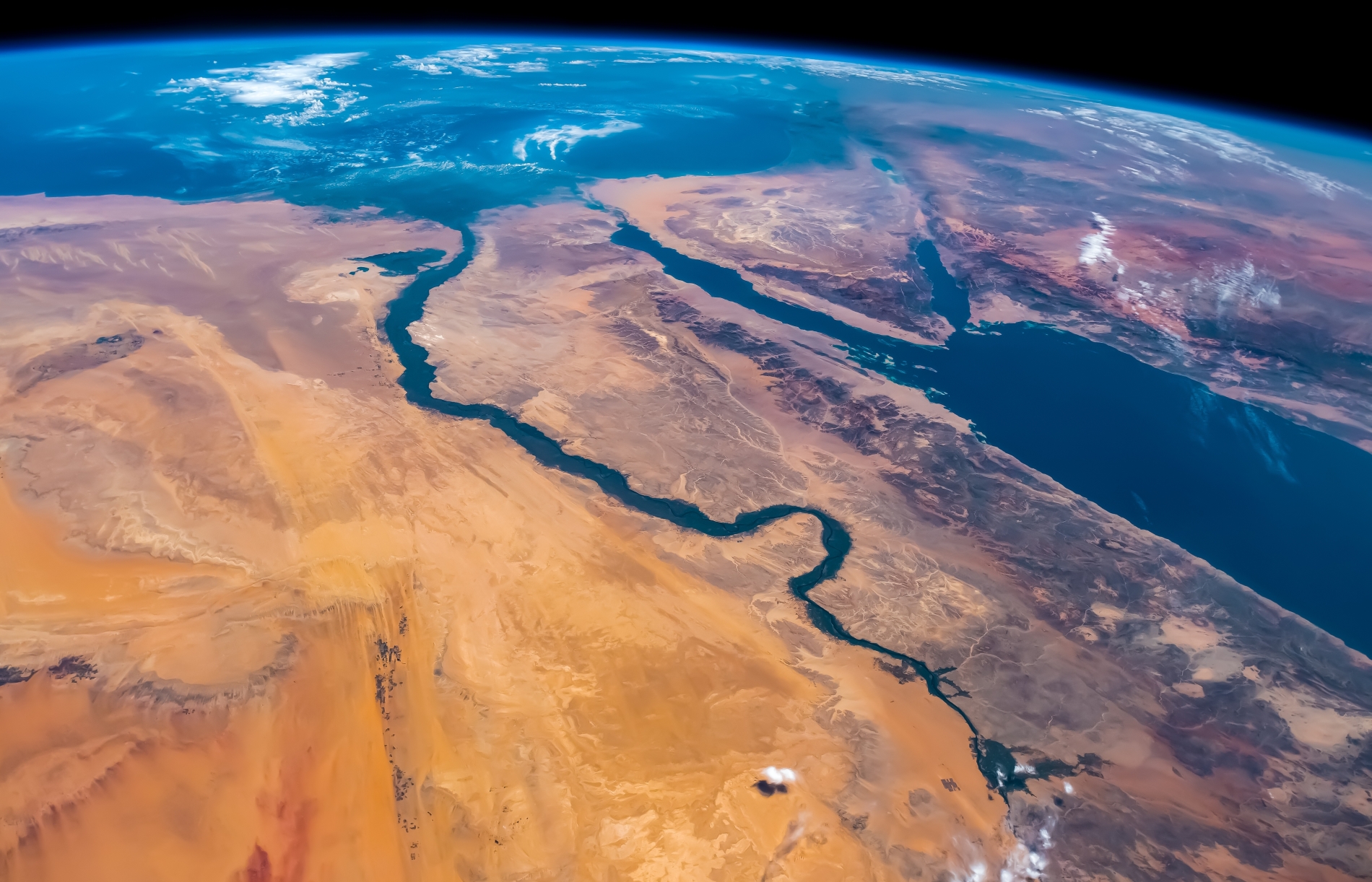
Dire implications
While the full impact of GERD on downstream neighbours remains unclear, experts are already warning that the dam could bring serious water shortages to Egypt and Sudan if faced with drought. To be sure, climate change has brought more drought to Africa—including in countries like Morocco, Tunisia, Kenya and Somalia—making water access all the more crucial.
The Blue Nile tributary provides over 85% of the main river’s water, which passes through Sudan and Egypt. But for the last five years, Ethiopia has been filling GERD’s reservoir. So far, this has not caused major problems for the other Nile nations. But without a formal agreement on flow rates, what may happen if drought occurs remains a source of potential tension. Cairo and Khartoum have repeatedly called for a tripartite water pact over the past decade, but this has fallen on deaf ears in Addis Ababa.
With Sudan mired in an ongoing civil war, Egypt has been the main opposition to GERD. And being the most populous nation in the Arab world, which gets 97% of its water supply from the Nile, there is clearly much more at stake for Cairo in terms of water security. Experts fear supply could become constrained by GERD, and Egypt is already suffering an annual water deficit.
Agriculture consumes an overwhelming majority of Egypt’s water at around 85%. There are worries that GERD-related supply constraints during times of drought may reduce harvests and send food prices higher. Food and agricultural exports are a key part of Egypt’s national economic output, worth around $4.6bn in 2024 from a national total of $40.8bn in non-oil exports.

